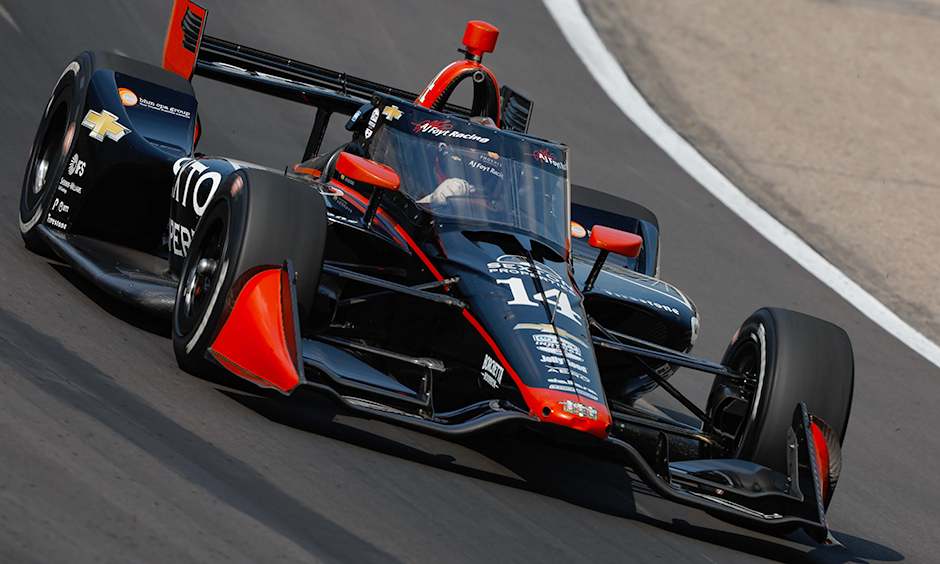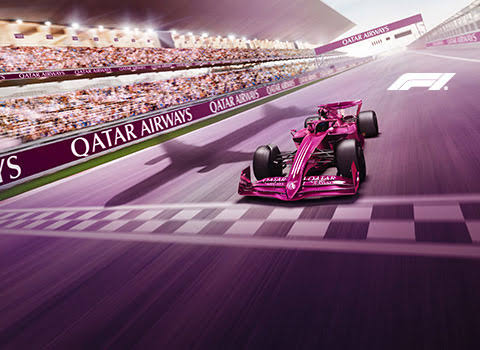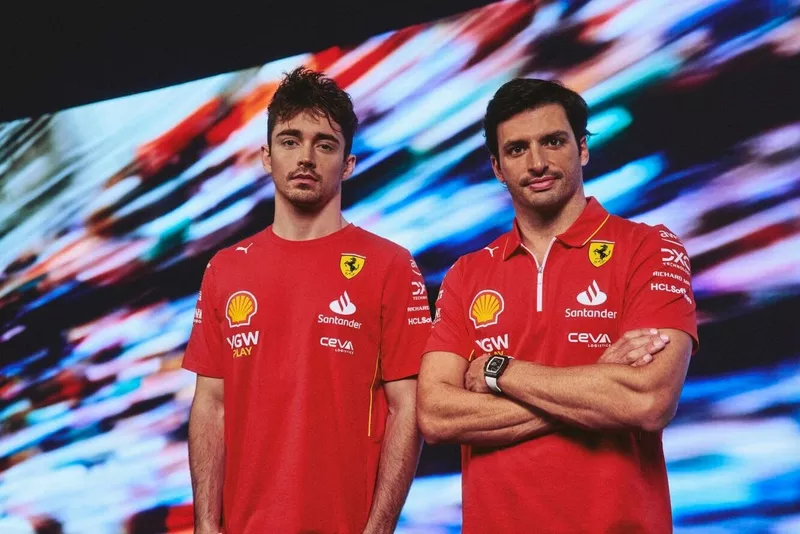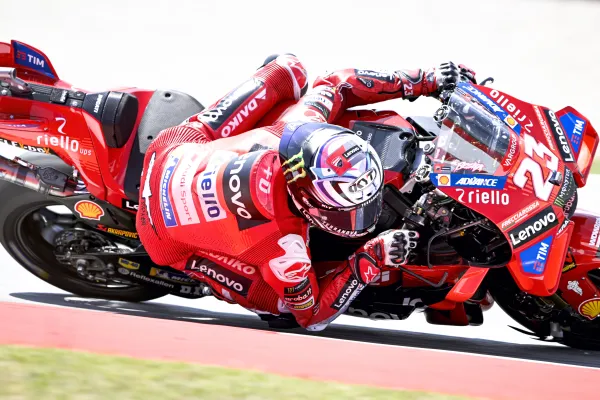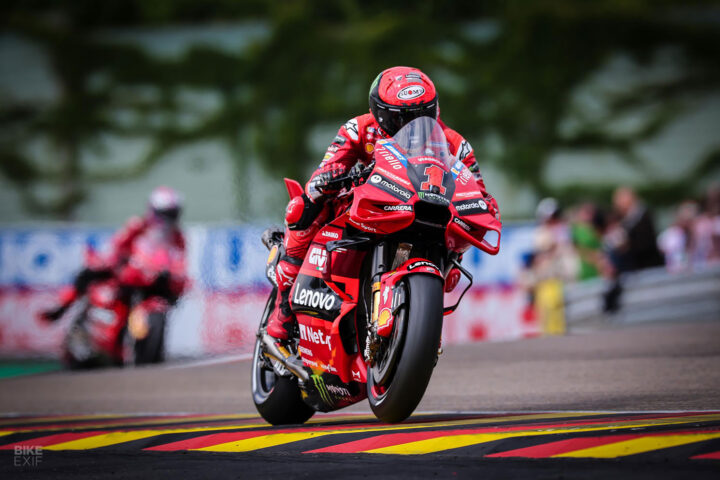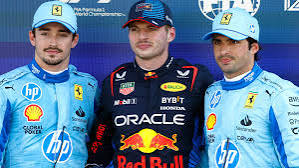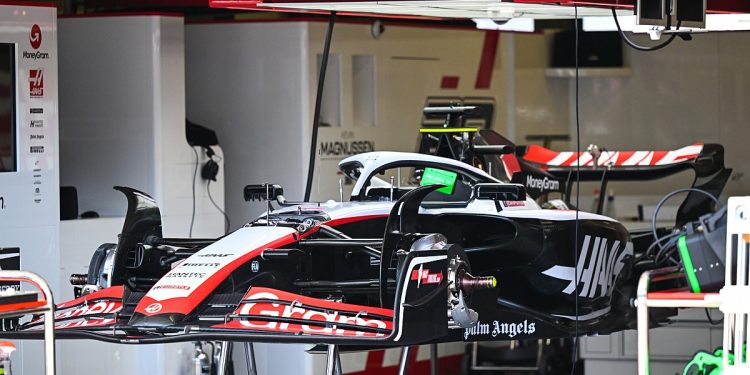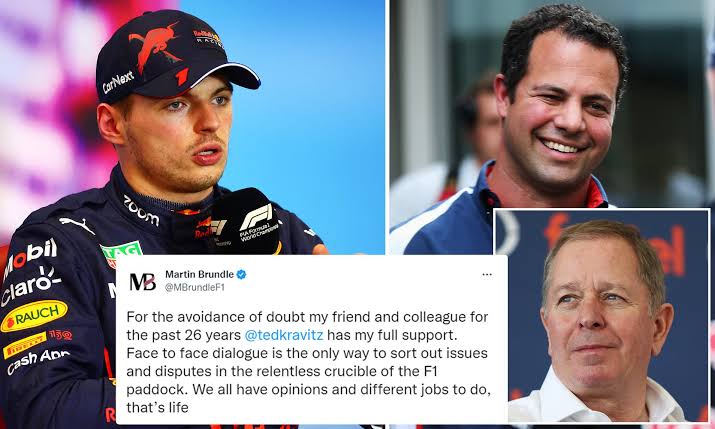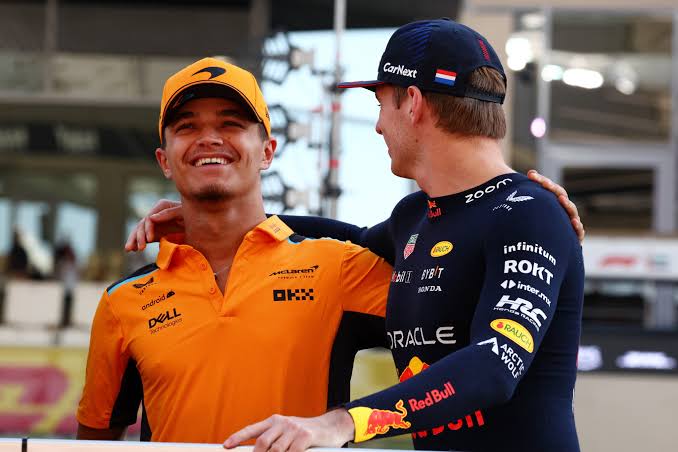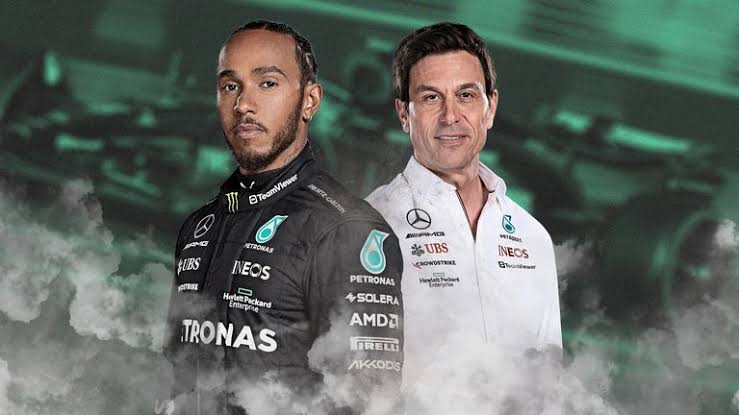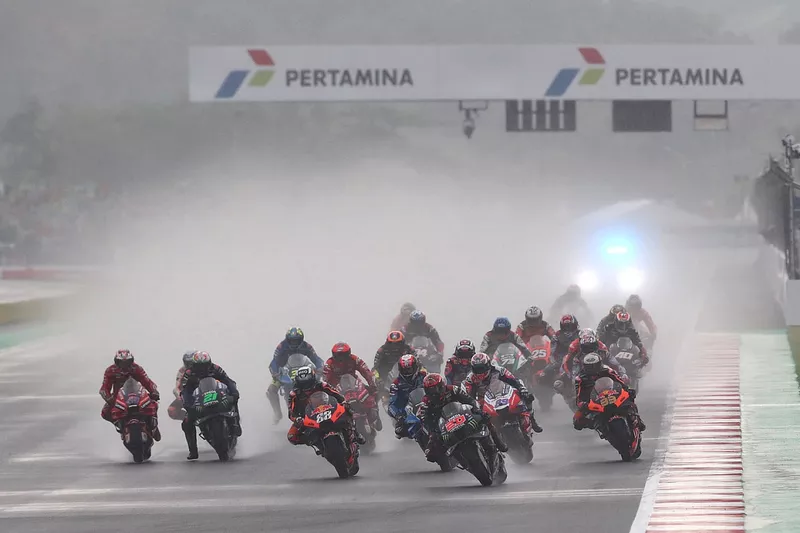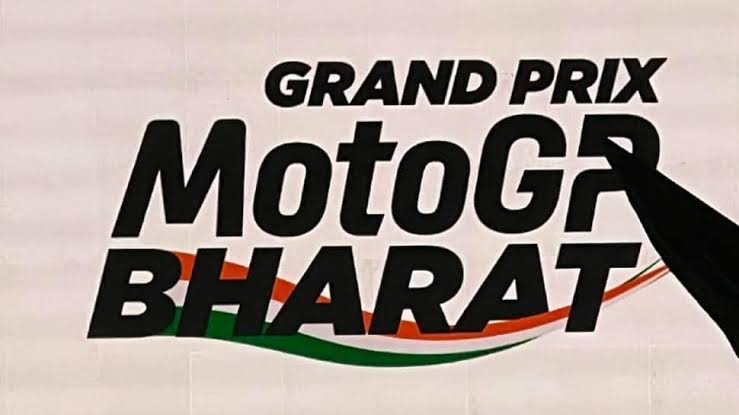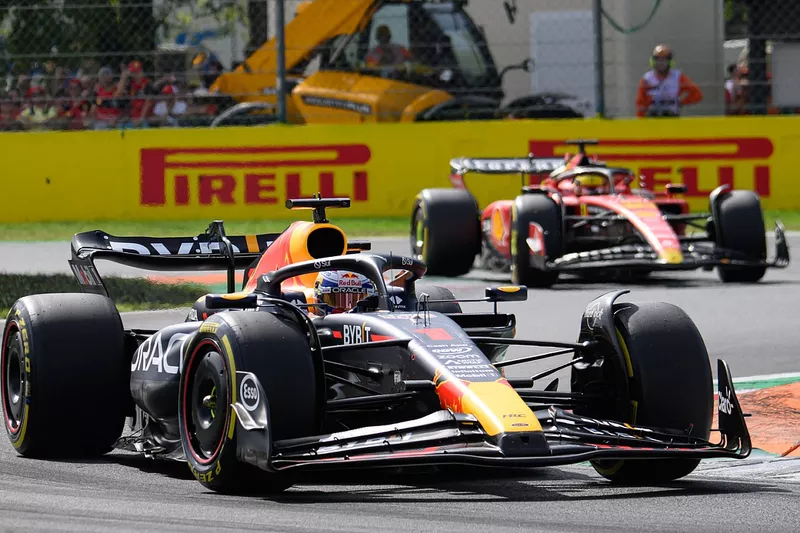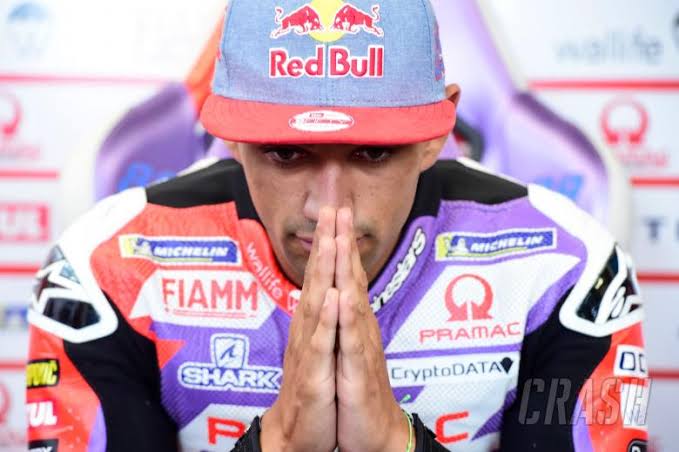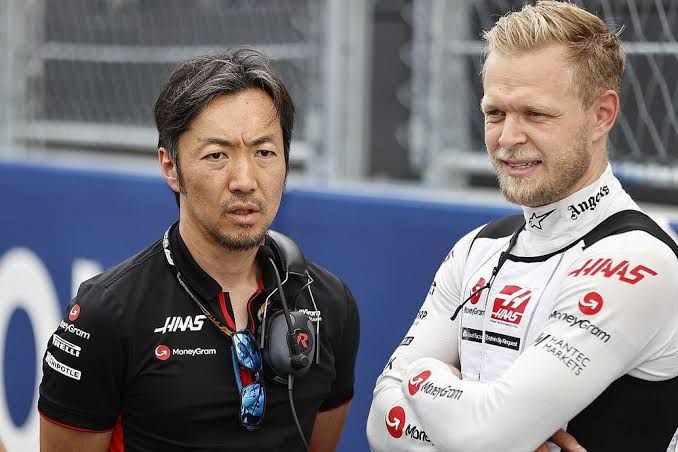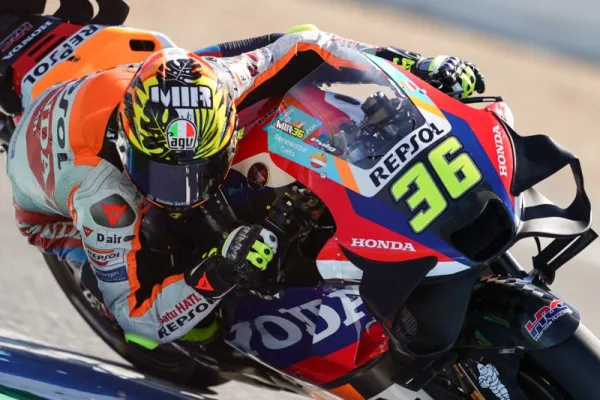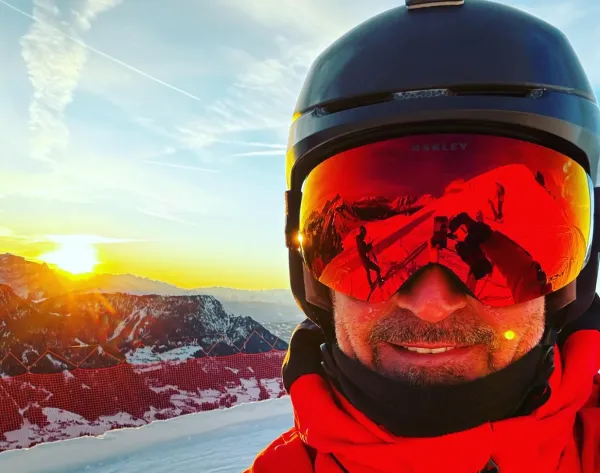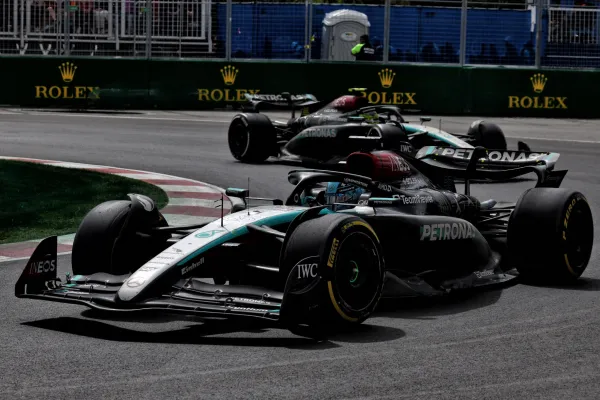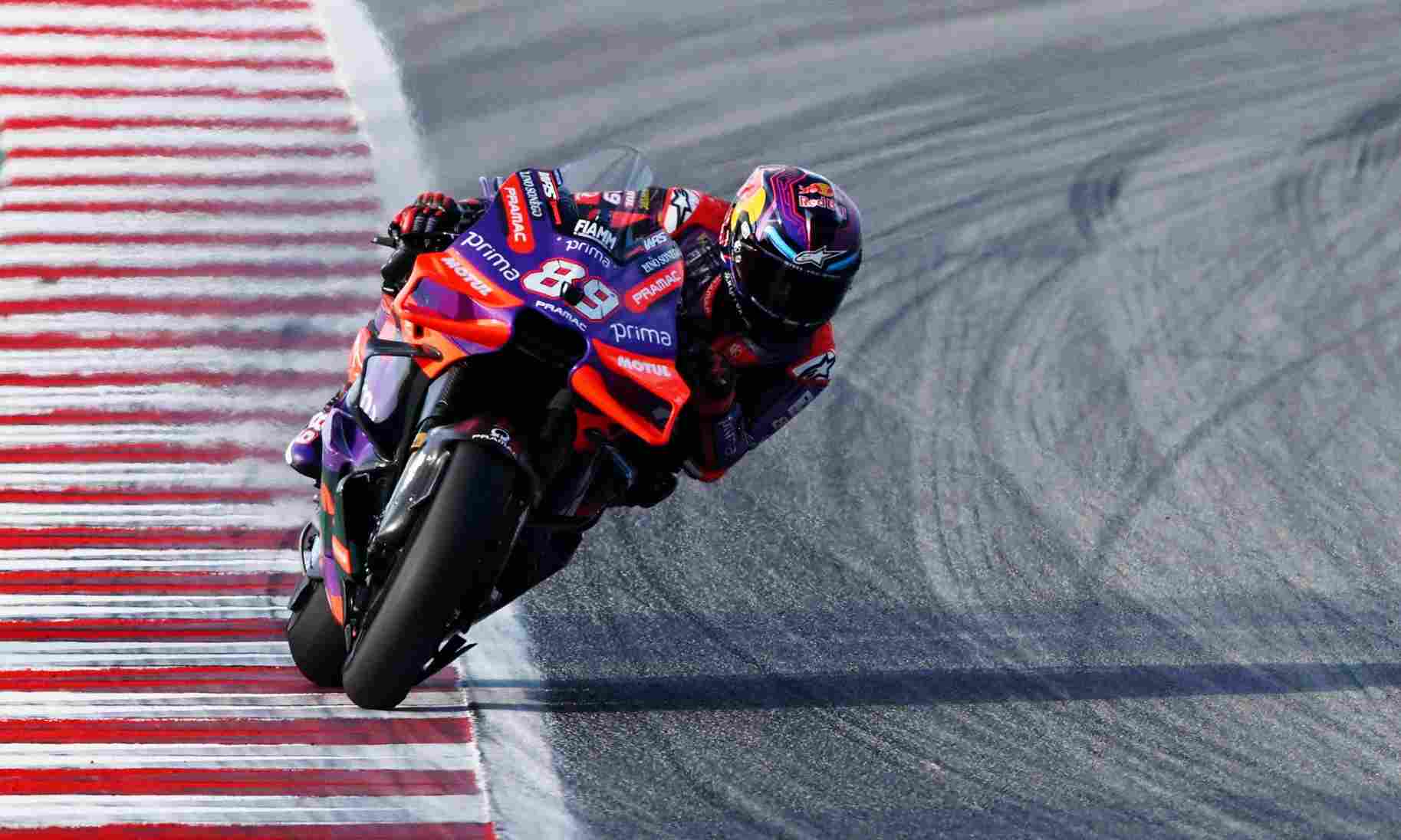IndyCar’s Tire Strategy: Navigating the ‘Cheese Grater’ Thermal Club
The world of IndyCar racing thrives on speed, precision, and strategy. However, few tracks demand as much attention to tyre wear as The Thermal Club, often dubbed the Coachella Valley Cheese Grater due to its abrasive surface. This upcoming championship race presents a unique challenge, one that IndyCar and Firestone have tackled with a fresh approach to tyre allocation.
For the first time, Firestone has adjusted its tyre composition to ensure that teams have the right balance of endurance and speed. These changes stem from driver feedback, engineering innovations, and the demands of the evolving hybrid IndyCar. But will this tweak bring a new level of competition, or will it test the limits of drivers and their machines?
Let’s dive into what this means for the race at Thermal and the broader IndyCar Series.
The Thermal Club: A Track That Shreds Tires
Few circuits are as unforgiving as The Thermal Club. Its 3.067-mile layout features a surface that chews through tires with relentless efficiency. Unlike traditional tracks, which allow teams to manage degradation with minor adjustments, Thermal demands a completely different approach.
Last season’s non-points All-Star event at the circuit saw significant tire drop-off, even on the harder primary compound. But that was before the introduction of the hybrid system, which has increased the weight of IndyCar’s 2025 models by 105 pounds. This weight shift means more force is being exerted on the tyres, accelerating their wear rate.
IndyCar and Firestone’s race tyre engineering team, led by Cara Krstolic, have taken these factors into account, tweaking the tire allocations to better suit the demands of this high-wear track.
Tire Allocations: A Strategic Shift
Earlier in the season, IndyCar implemented a new tyre distribution strategy, giving teams an even five-five split between the harder primary tyres and the softer, higher-performing alternates. However, given Thermal’s aggressive nature, officials have opted to reverse course, now allocating:
- Six primary sets (more durable)
- Four alternate sets (softer, faster, but wear out quickly)
This change prioritizes durability over short bursts of performance. The primary tires have been reinforced with greater temperature resistance and toughness, meaning they should hold up better over long stints. Instead of making the alternate tires softer, Firestone’s engineers have bolstered the primaries, ensuring that degradation is manageable but still impactful.
According to Krstolic, the goal is to strike a delicate balance:
We want a tyre that rewards strategy, keeps racing interesting, and forces teams to make difficult decisions on when to push and when to conserve.
How Will This Affect Race Strategy?
With these revised allocations, race strategy will take on a new level of complexity. Teams will have to carefully manage their softer alternate tyres, which might only last a dozen laps before significant degradation sets in. This makes pit stop timing, tyre management, and fuel strategy more critical than ever.
For example, some drivers may opt to use primaries early in the race, saving their alternates for a late-race push when track conditions improve. Others may take the opposite approach, using alternates early for track position, then relying on primaries for endurance in the closing stages.
The unpredictability of these strategies is precisely what IndyCar officials were aiming for when they collaborated with Firestone on the latest tire updates.
Impact of the Hybrid Era on Tire Performance
Another factor influencing IndyCar’s tyre strategy this season is the introduction of the hybrid energy recovery system (ERS). Though originally set to debut earlier, ERS was delayed until July 2025, meaning Thermal’s race will see cars running at a slightly lighter weight than originally planned.
Still, the 105-pound weight increase from last year’s race means that tyres will be subjected to greater loads than ever before. As Krstolic pointed out, even with the additional weight, the performance gap between primaries and alternates remains significant.
You will see a lot of drop-offs because you have the additional weight. The way the hybrid performs with this track and this vehicle, will create some interesting dynamics.
With this in mind, teams must carefully evaluate how weight distribution, cornering speeds, and acceleration from the hybrid system impact tyre performance over a full-race stint.
Driver Reactions: A Mixed Bag
Drivers have expressed a range of opinions about the revised IndyCar tyre allocations. Some appreciate the added challenge, while others worry that the degradation rate is too severe.
During the season opener at St. Petersburg, the rapid wear of alternate tyres was a major talking point. While it created exciting strategy battles, some drivers felt the performance drop-off was too extreme.
Some Key Takeaways from Driver Feedback:
- Some drivers love the added strategic element, believing it will lead to more passing and intense late-race battles.
- Others feel the degradation curve is too steep, making it difficult to maintain consistency during a stint.
- IndyCar remains committed to the philosophy of manufacturing competitive uncertainty, meaning tyre strategy will continue to be a key story throughout the 2025 season.
With these contrasting viewpoints, it’s clear that tyre management will be just as important as raw speed when drivers take on the Thermal Club’s gruelling layout.
Looking Ahead: What This Means for the Season
The IndyCar season is just getting started, but the conversation around tire degradation is already shaping up to be a defining theme. After the race at Thermal, the series moves to the Long Beach Grand Prix in April, where Firestone will return to the 5-5 split of primary and alternate tyres.
However, based on what we’ve seen so far, expect teams to be vocal about tire wear, race strategy, and potential adjustments. Firestone has indicated that while they listen to driver feedback, they also prioritize creating competitive, unpredictable racing.
With races at high-degradation circuits like Portland, Toronto, and Laguna Seca still to come, the tire wear debate is far from over. Expect plenty of drama as teams adjust their strategies to cope with Firestone’s evolving tire philosophy.
As IndyCar gears up for the Thermal Club race, the balance between speed, strategy, and durability takes center stage. The shift to six primary sets and four alternates underscores the series’ commitment to competitive unpredictability while ensuring teams have the tools they need to handle the track’s punishing surface.
With tyre degradation, hybrid integration, and driver adaptability all in play, this weekend promises to be a test of endurance and intelligence. Whether drivers embrace the challenge or struggle to manage their rubber, one thing is certain, this race will not be won on speed alone.
Stay Tuned for More IndyCar Insights
For more in-depth coverage of IndyCar strategy, hybrid performance, and race breakdowns, stay tuned to our blog. For a deeper dive into the strategies behind successful sports events, check out our article on IndyCar’s evolving tire dynamics and race-day tactics.
